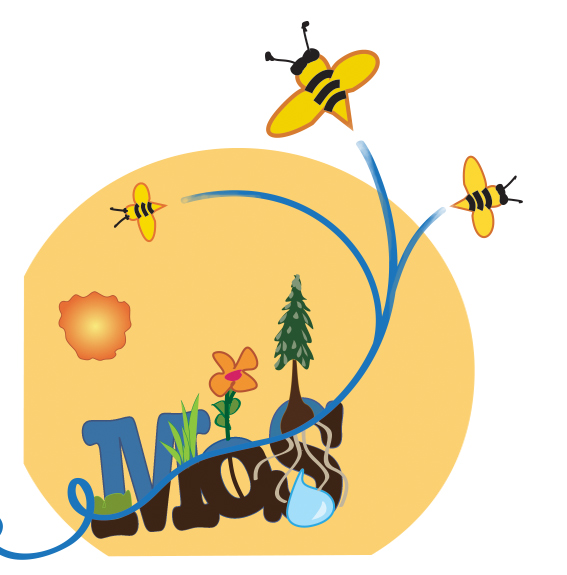Recommended article:
http://ourworld.unu.edu/en/wonder-worm-to-the-rescue/
Article notes:
Leonardo da Vinci’s observed 500 years ago that ‘We know more about the movement of celestial bodies than about the soil underfoot‘ and this still rings true today.
Why waste precious funds on discovery of useless planets overhead or new deep-sea species that will be there tomorrow, while vital unrecognized organisms beneath our feet disappear at an alarming rate and to our peril?
Atmospheric carbon is entirely recycled via the soil from plants in around 12-20 years — all of this being processed through the intestines of worms.
In 1962 Rachel Carson’s Silent Spring first alerted us to risks of agricultural chemical pollution, exacerbated by bioaccumulation in body tissue (especially of invertebrates such as earthworms) and bioconcentration further up the food-chain. But whatever the problem, these chemicals will eventually disperse and decline once production halts.
Surprisingly and shamefully, almost zero funding is available for research on organic production ‘alternatives’ that are dismissed as impractical fads.
Topsoil is the most valuable resource upon which civilizations depend.
Approximately 40% of agricultural land is seriously degraded, UN’S 2005 Millennium Ecosystem Assessment (MEA).
Among the worst affected regions are Central America, where 75% of land is infertile
Feed the worm
Permaculture : designing our natural environment for efficient and effective production and for comfortable living under prevailing conditions.
William Blake urged us “ see a world in a grain of sand and a heaven in a wildflower”.
Cycle-of-Life
Our bio-cyber-techno age
If highly crowded Tokyo-Yokohama megalopolis with 33 million people can be made liveable, why not elsewhere?
All the more appropriate then that ‘human’ and ‘humus’ have the same word origin, and that this planet, on whose narrow shoulders it is borne, should be named ‘Earth’ after our wonderful Worm.




